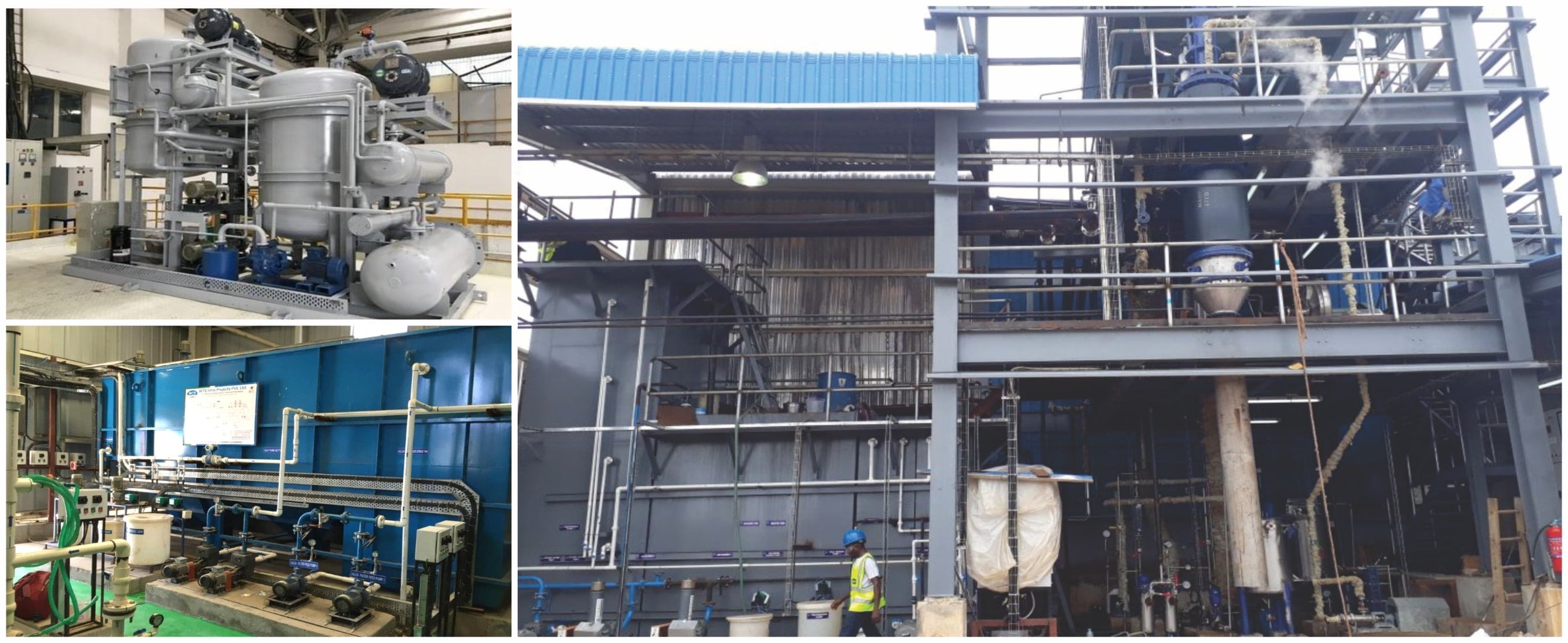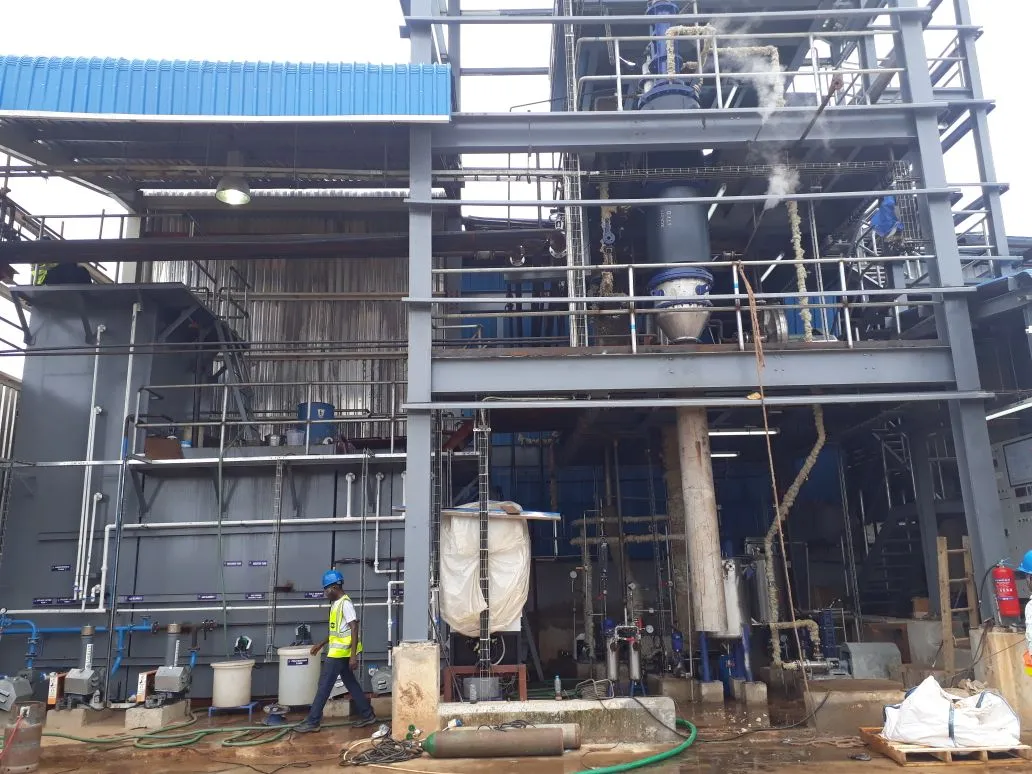Frequently Asked Question
A Zero Liquid Discharge System (ZLD) is a type of water treatment system that is used to treat and recycle wastewater so that no liquid discharge is released into the environment. ZLD systems are commonly used in industries such as power generation, chemical manufacturing, and oil and gas production.
A ZLD system typically involves a combination of treatment processes such as evaporation, crystallization, and membrane filtration to remove dissolved solids and impurities from the wastewater. The purified water is then recycled back into the process, and the solids are disposed of in an environmentally safe manner.
The main benefit of a ZLD system is that it allows for the complete recycling of wastewater, which results in reduced water usage and discharge of pollutants into the environment. Additionally, ZLD systems can also reduce the cost of disposing of wastewater and the risk of environmental compliance issues.
ZLD systems are commonly used in industries such as power generation, chemical manufacturing, oil and gas production, and semiconductor manufacturing, where large volumes of wastewater are generated.
The typical treatment process for ZLD systems include pretreatment, evaporation, crystallization, and membrane filtration.
ZLD systems require regular maintenance to ensure optimal performance. This includes regularly monitoring and maintaining the various treatment process, replacing any damaged components, and cleaning the system to remove any buildup of impurities.
ZLD systems typically require a significant amount of energy to operate, as the treatment process often involves evaporation and crystallization, which can be energy-intensive. However, this energy consumption can be offset by the reduction in water usage and the benefits of not discharging liquid waste into the environment.
The safe disposal of solid waste generated by ZLD systems can be ensured through proper treatment and disposal methods such as landfilling, incineration, or stabilization. It is important to comply with the local and national regulations for the disposal of solid waste.

23.webp?v=1639548670)
